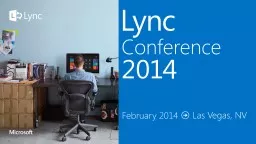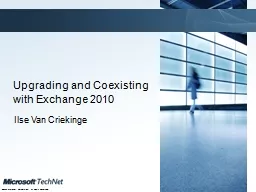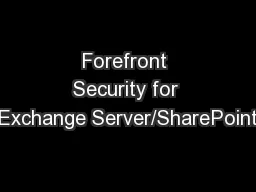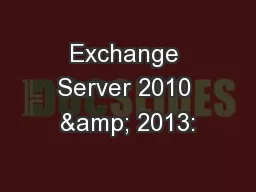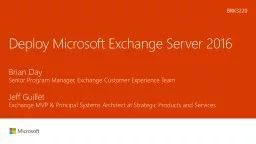PPT-Exchange Server 2013
Author : lois-ondreau | Published Date : 2016-07-03
High Availability Site Resilience Scott Schnoll Principal Technical Writer OUCB314 Storage High Availability Site Resilience Announcements Storage Storage Challenges
Presentation Embed Code
Download Presentation
Download Presentation The PPT/PDF document "Exchange Server 2013" is the property of its rightful owner. Permission is granted to download and print the materials on this website for personal, non-commercial use only, and to display it on your personal computer provided you do not modify the materials and that you retain all copyright notices contained in the materials. By downloading content from our website, you accept the terms of this agreement.
Exchange Server 2013: Transcript
Download Rules Of Document
"Exchange Server 2013"The content belongs to its owner. You may download and print it for personal use, without modification, and keep all copyright notices. By downloading, you agree to these terms.
Related Documents




